-
 $359.0031 In Stock
$359.0031 In Stock -
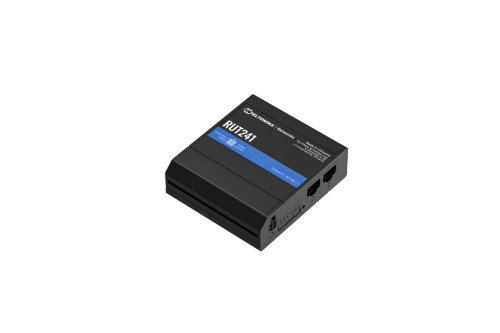 $187.0016 In Stock
$187.0016 In Stock -

Ubiquiti
SKU: UISP-R-Pro
Ubiquiti UISP-R-Pro UISP Multi-WAN 10GbE Router
$579.00COMING SOON20 In Stock -

MikroTik
SKU: RBD53iG-5HacD2HnD
MikroTik RBD53iG-5HacD2HnD hAP ac³ 5GbE Port Dual-Band 2.4/5GHz Home Access Point
MSRP:$109.00$98.14Usually Ships in 24 Hours98 In Stock -
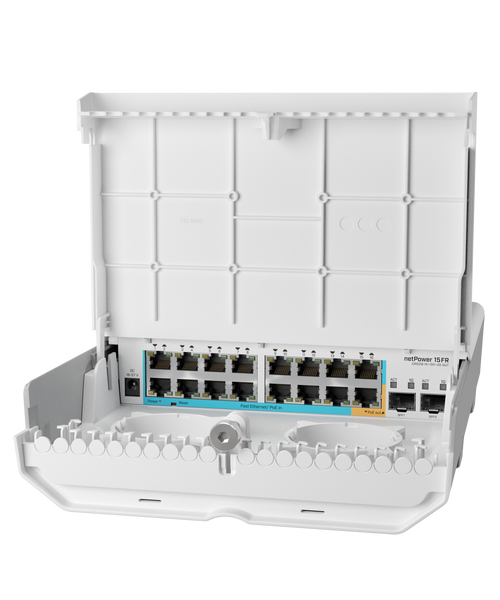
MikroTik
SKU: CRS318-1Fi-15Fr-2S-OUT
MikroTik netPower 15FR outdoor 18 port switch with 15 reverse PoE ports and SFP
$169.53Usually Ships in 24 Hours95 In Stock -

MikroTik
SKU: CRS504-4XQ-IN
MikroTik CRS504-4XQ-IN 4x 100 Gigabit QSFP28 Cloud Router Switch
MSRP:$799.00$740.00COMING SOON183 In Stock -
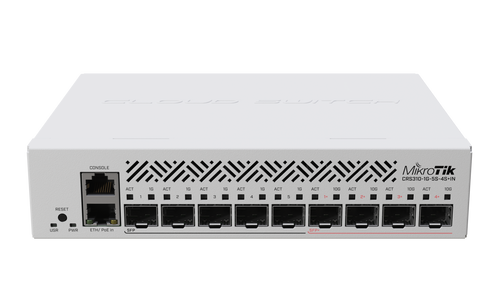
MikroTik
SKU: CRS310-1G-5S-4S+IN
MikroTik CRS310-1G-5S-4S+IN 5x Gigabit SFP 4x 10 Gigabit SFP+ Cloud Router Switch
$249.9912 In Stock -

MikroTik
SKU: CCR2004-16G-2S+PC
MikroTik CCR2004-16G-2S+PC 6x Gigabit Ethernet 2x 10G SFP+ Cloud Core Router
$465.00Usually Ships in 24 Hours416 In Stock -

MikroTik
SKU: CCR2004-1G-2XS-PCIe
MikroTik CCR2004-1G-2XS-PCIe Network Interface Card
$199.00COMING SOON9 In Stock -

Ubiquiti
SKU: UISP-R
Ubiquiti UISP-R Gigabit PoE UISP Router
$234.99Usually Ships in 24 Hours12 In Stock -

MikroTik
SKU: R11e-LR8
MikroTik R11e-LR8 Gatway Card mini PCIe 863-870 MHz
MSRP:$89.00$82.35Usually Ships in 24 Hours18 In Stock -

MikroTik
SKU: R11e-LR2
MikroTik R11e-LR2 Gateway card for LoRa technology in mini PCIe form
$69.00COMING SOON16 In Stock -

MikroTik
SKU: CRS310-1G-5S-4S+OUT
MikroTik CRS310-1G-5S-4S+OUT netFiber 9 Outdoor Switch SFP, SFP+ Gigabit Ethernet
$283.00COMING SOON171 In Stock -
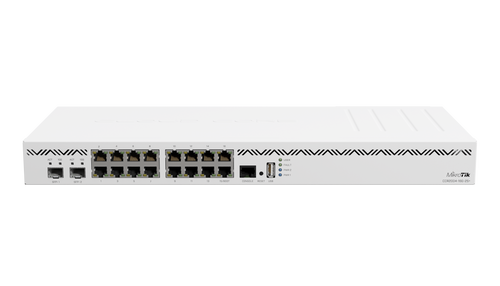
MikroTik
SKU: CCR2004-16G-2S+
MikroTik CCR2004-16G-2S+ 6x Gigabit Ethernet 2x 10G SFP+ Cloud Core Router
$475.00Usually Ships in 24 Hours17 In Stock -

MikroTik
SKU: D53G-5HacD2HnD-TC&RG502Q-EA
MikroTik D53G-5HacD2HnD-TC&RG502Q-EA Chateau 5G Router
$530.00COMING SOON3 In Stock -

MikroTik
SKU: RB5009UG+S+IN
MikroTik RB5009UG+S+IN 7x Gigabit Ethernet 1x 2.5Gigabit Ethernet 1x 10G SFP+ Router
$219.00COMING SOON19 In Stock -

MikroTik
SKU: CCR2116-12G-4S+
MikroTik CCR2116-12G-4S+ 4 SFP+ Ports Cloud Core Router
$995.00Usually Ships within 24 hours112 In Stock -
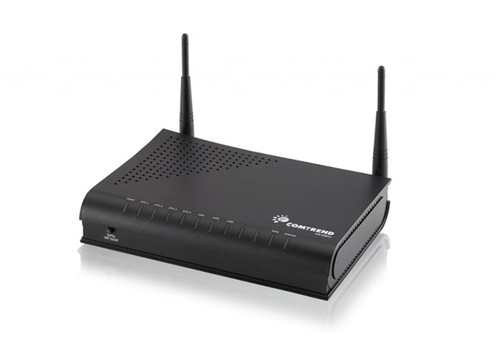
Comtrend
SKU: WR-6891u
Comtrend WR-6891u WiFi 4 N300 Ethernet Gateway
$49.15Usually Ships in 24 Hours87 In Stock -

MikroTik
SKU: R11e-LTE
MikroTik R11e-LTE LTE miniPCI-e card for International bands
$84.90Usually Ships in 24 Hours31 In Stock -
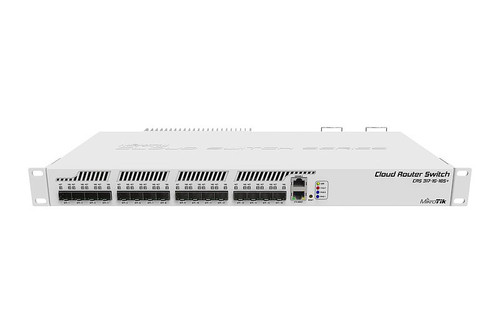
MikroTik
SKU: CRS317-1G-16S+RM
MikroTik CRS317-1G-16S+RM Cloud Router Switch with 16 SFP+ Ports
MSRP:$399.00$363.85Usually Ships in 24 Hours348 In Stock -

MikroTik
SKU: CRS309-1G-8S+IN
MikroTik CRS309-1G-8S+IN 8x 10G SFP+ Ports PoE Cloud Router Switch
MSRP:$269.00$247.90Usually Ships in 24 Hours396 In Stock -

MikroTik
SKU: RB960PGS
MikroTik RB960PGS hEX PoE Gigabit Ethernet router USB 2.0 port and a SFP
MSRP:$79.00$73.90Usually Ships in 24 Hours387 In Stock -
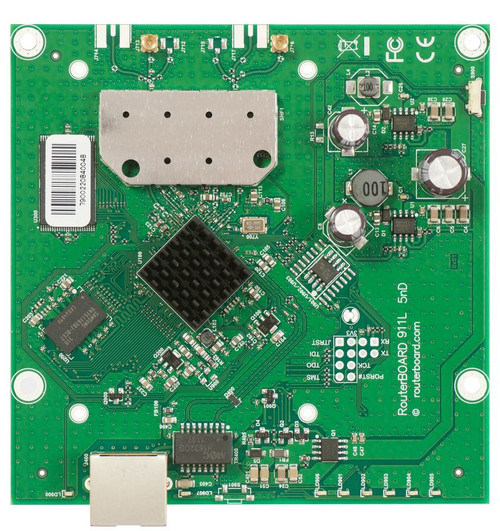
MikroTik
SKU: RB911-5HnD-US
MikroTik RB911-5HnD-US 911 Lite5 dual RouterBOARD Wireless Router
MSRP:$45.00$41.73Usually Ships in 24 Hours30 In Stock -

MikroTik
SKU: RB760iGS
MikroTik RB760iGS hEX S Gigabit Ethernet Router with SFP Port
$78.24Usually Ships in 24 Hours3488 In Stock -
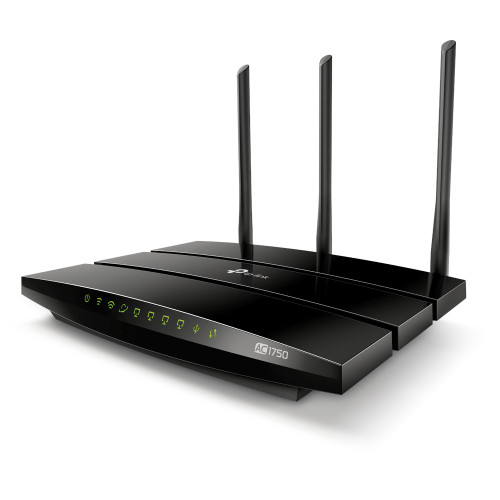
TP-LINK
SKU: Archer C7
TP-Link Archer C7 AC1750 Wireless Dual Band Gigabit Router
MSRP:$79.99$79.00Usually Ships in 24 Hours2 In Stock -
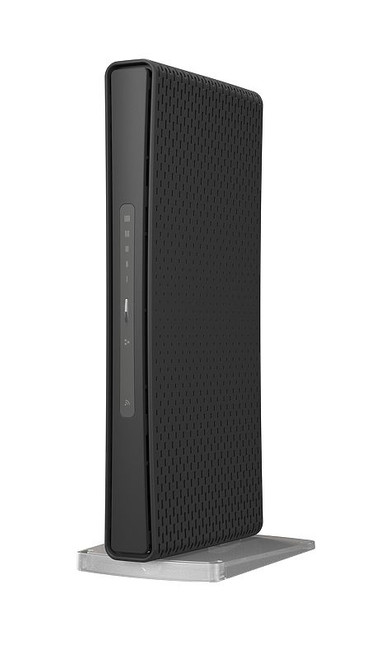
MikroTik
SKU: RBD53GR-5HacD2HnD&R11e-LTE6
MikroTik RBD53GR-5HacD2HnD&R11e-LTE6 dual-band router with LTE support
$238.39Usually Ships in 24 Hours15 In Stock -

MikroTik
SKU: CRS326-24S+2Q+RM
MikroTik CRS326-24S+2Q+RM Cloud Router Switch 40 Gbps QSFP+ ports
$539.99Usually Ships in 24 Hours65 In Stock -

MikroTik
SKU: CRS326-24G-2S+IN
MikroTik CRS326-24G-2S+IN Cloud Router Switch 24 Gigabit ports, 2 SFP+
$189.99Usually Ships in 24 Hours226 In Stock -
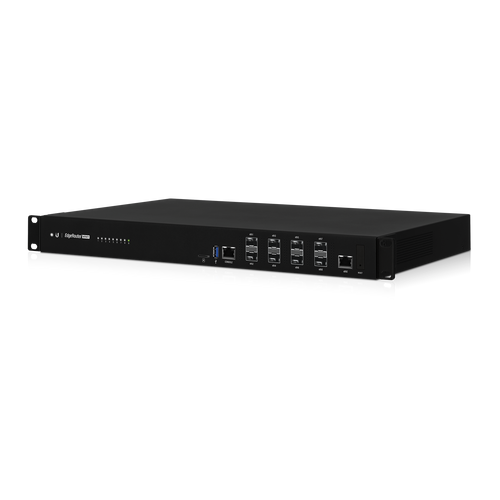
Ubiquiti
SKU: ER-8-XG
Ubiquiti ER-8-XG Infinity EdgeRouter 8-Port 10G SFP+ Router
$2,080.00Will take 4-5 days to ship.46 In Stock -

MikroTik
SKU: CRS354-48G-4S+2Q+RM
MikroTik CRS354-48G-4S+2Q+RM 48-Port Cloud Router Switch 4x SFP+ 2x QSFP
MSRP:$499.00$450.80Usually Ships in 24 Hours406 In Stock -

MikroTik
SKU: CRS312-4C+8XG-RM
Mikrotik CRS312-4C+8XG-RM 12-Port 10G RJ45 and 4-Port SFP+ Cloud Router Switch L5
$699.99Usually Ships in 24 Hours491 In Stock -
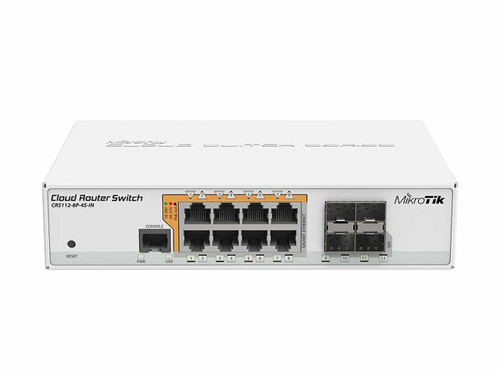
MikroTik
SKU: CRS112-8P-4S-IN
MikroTik CRS112-8P-4S-IN Cloud Router 8-Port 4-SFP L5 Gigabit Switch
$201.82Usually Ships in 24 Hours188 In Stock -
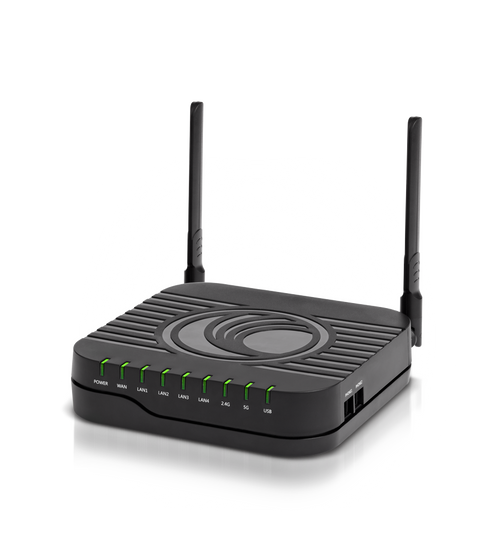
Cambium Networks
SKU: C000000L049A
Cambium Networks C000000L049A cnPilot R201P 802.11ac dual band Gigabit WLAN Router with ATA
MSRP:$120.00$118.00Call for availability / Pricing4 In Stock -
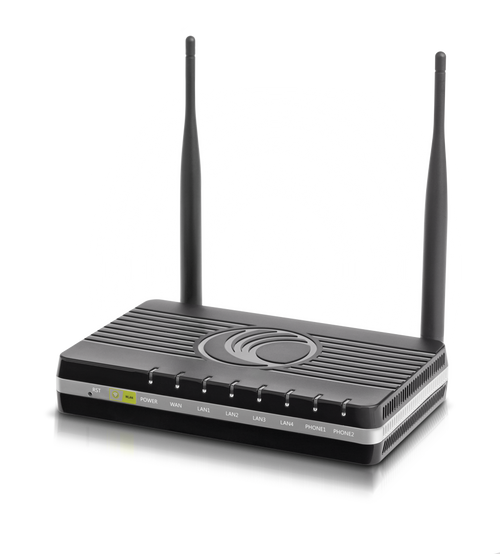
Cambium Networks
SKU: C000000L047A
Cambium Networks C000000L047A cnPilot R200P ROW US cord 802.11n 300Mbps WLAN Router with ATA and PoE
MSRP:$90.00$78.64Usually Ships in 24 Hours91 In Stock -
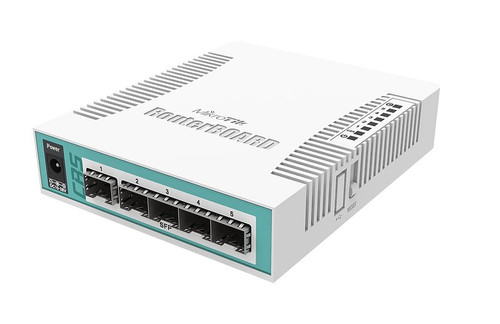
MikroTik
SKU: CRS106-1C-5S
MikroTik CRS106-1C-5S SFP Cloud Router Smart Switch 5x SFP cage
$64.99Usually Ships in 24 Hours381 In Stock -

MikroTik
SKU: FiberBox
Mikrotik FiberBox outdoor router with five SFP ports CRS105-5S-FB with RouterOS L5
MSRP:$79.00$71.14Usually Ships in 24 Hours145 In Stock
